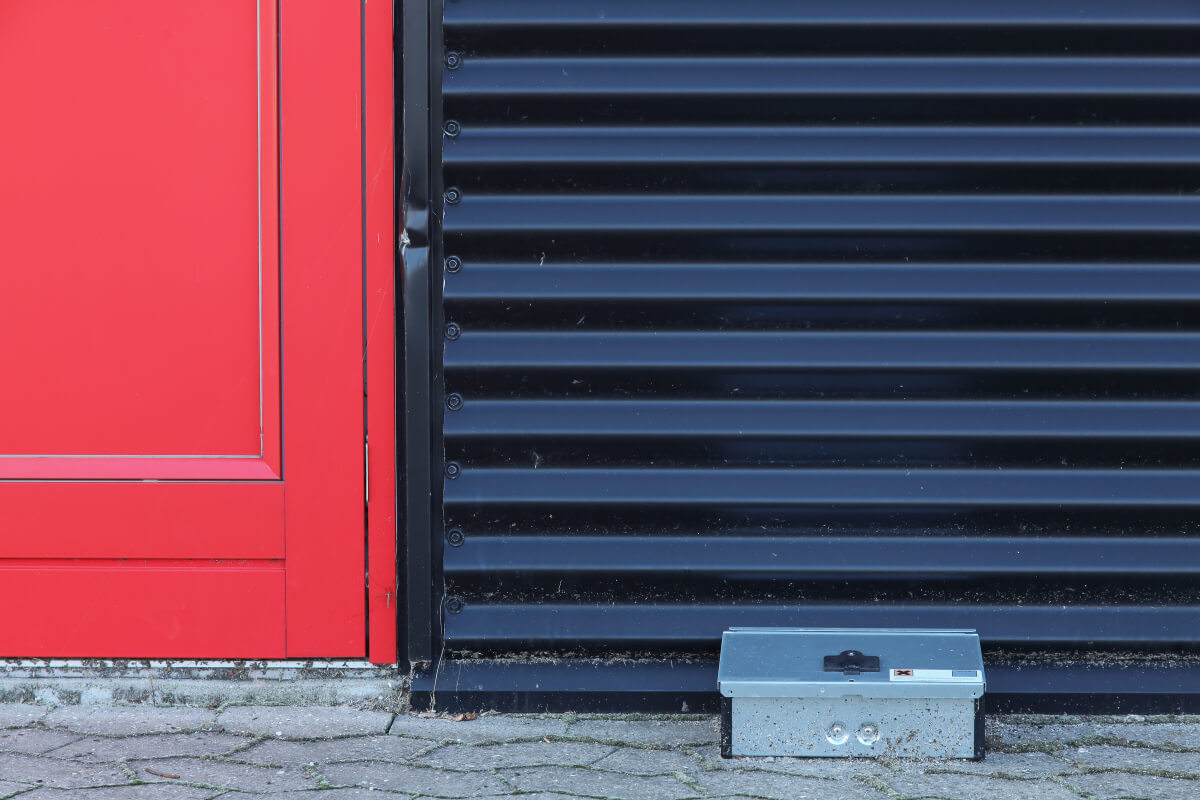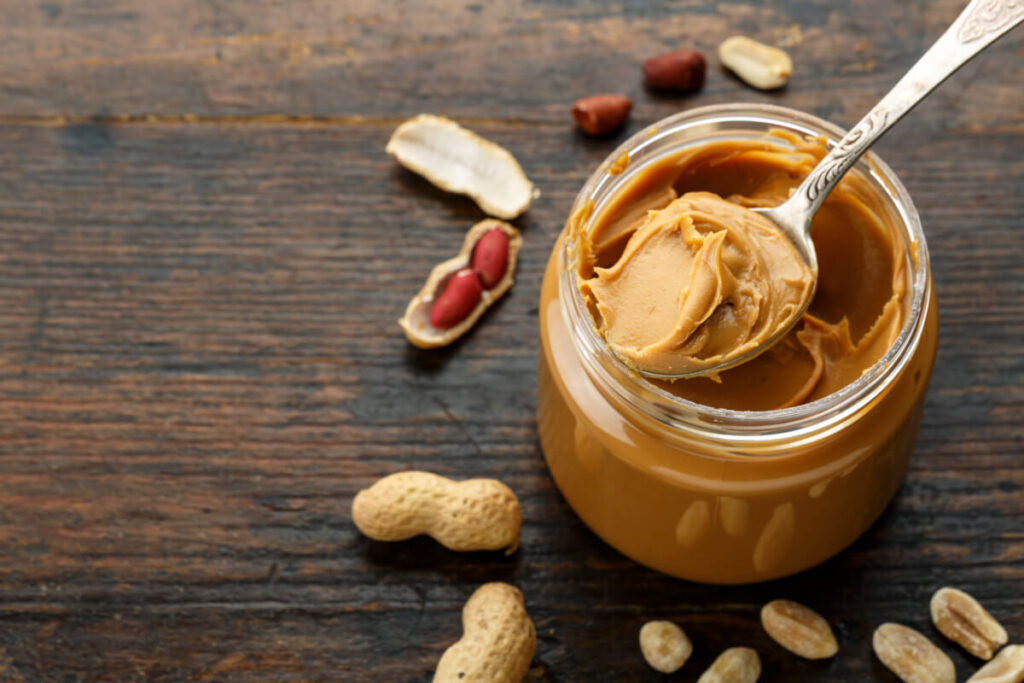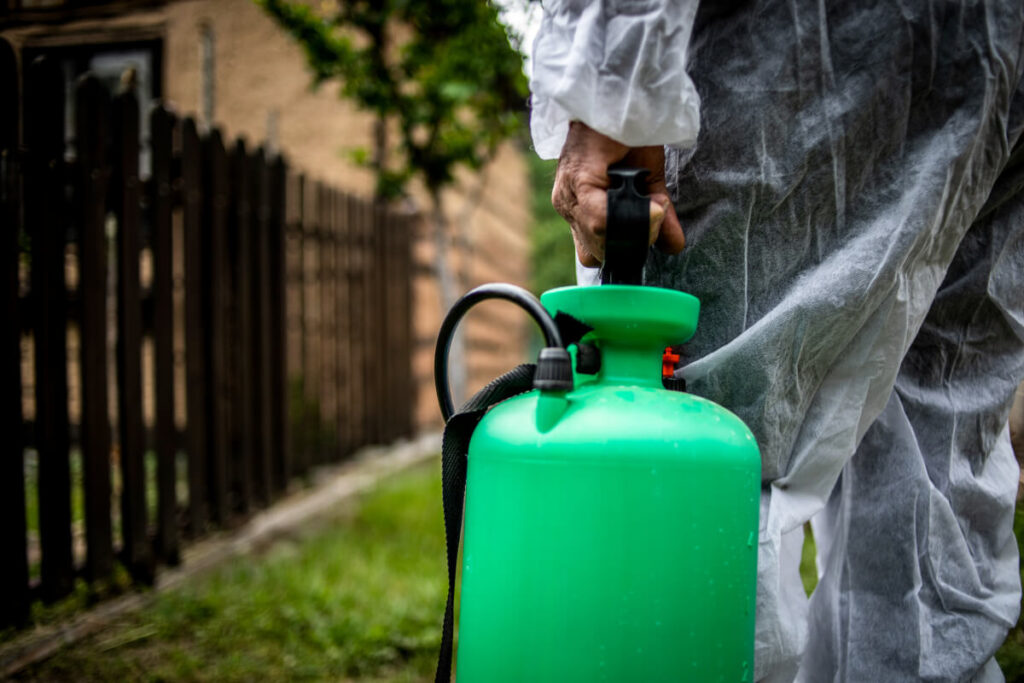
Most homeowners use bait to make their mouse traps more effective, as mice may run quickly and have a keen sense of smell. As much as mice tend to be insufferable household pests, we also take advantage of their qualities when we plan for their extermination. We use tasty and smelly bait that attracts them into the trap we have prepared for them. Doing it right promises the results you want.
So how often should you change your bait? Actually, it depends heavily on mice activity in your home and the types of mouse traps you use. You need to replenish the mouse bait station daily if you have many mice. As you start to get rid of mice and they become fewer, you can change them once a week until you think once a month is enough. Replace bait in the mouse trap after a few days with fresh ones.
You can change your bait as often as you need to keep it fresh. It can be challenging if you have a dozen traps. How often you should change it depends on how active your mice or rats are. You also need to consider the type of mouse trap you use.
Replace your mouse trap bait every time you catch mice for glue traps. Mice will usually take a bite of it before the trap catches them. Other mice will smell this and might avoid your bait. This principle is the same with a snap trap. Check the bait after a few days regularly to see if it’s still fresh. Replace if you start seeing molds.
Those who use bait stations may need to check theirs every day, especially during the first time when there are a lot more mice. The idea is to ensure that you have enough bait for all of them in your house. You may check and replenish your bait station once a week until they become fewer enough for you to check only once a month. Don’t forget to change your bait when insects get on them or when they become moldy.
Do you ever wonder why your mice will not take your mouse trap bait at all? Some possible reasons are not getting the right bait, leaving your human scent or the scent of the mice on the bait, placing the trap in the wrong location, or just a poor go at things from the jump.
One of the biggest reasons your bait is untouched is because it’s the wrong one. Maybe the food they steal in your pantry is better, or they don't like it at all. That is why it’s important to keep your bait fresh. Food with a strong smell is more appealing to them.
Mice may not fall for your bait because you gave it away. Some people make the mistake of handling their bait with bare hands. Mice will immediately sense if the food is up to no good, and smell that it has a human scent. That is why you must wear disposable gloves when preparing mouse bait traps.
Mice will not take your bait if others have already nibbled on it. Replace it with a new one every time you catch a mouse on your trap.
Maybe the mice wouldn’t nibble on your bait because there isn't a mouse in the first place. One of the common mouse trap mistakes is placing the trap in the wrong location. Observe where mice stay in your house. Place your trap in that area perpendicular to the wall.
The mice in your home may have already anticipated your traps and know what they are. That is also why they steer clear of your bait. When addressing mouse infestations using mouse traps, you need to be cunning and aggressive.
Place many diverse types of mouse traps. Set a mouse trap every 2 to 3 feet. If they run away on the first trap, the next one may still catch them. The more mice you have, the more mouse traps you need.

Not all small pieces of food are suitable baits for mice. There are a lot of foods that actually turn mice away from the trap. Meanwhile, some of the best baits to use for mice other than their favorite foods are peanut butter, meat, sweets, pet food, and nesting materials.
Peanut butter is one of the most recommended baits, if not the best. It has a strong nutty smell, which mice love. Mice cannot easily steal it because it’s a sticky bait. You can also use hazelnut spread.
Mice love meat because they are omnivores. Place just enough meat as bait and avoid chunks that are too big. Beef jerkys are also effective baits because they have a more powerful smell than other meat.
Marshmallows, gummies, chocolates, and other sweets will also serve as good bait because mice also love sweets.
Pet food is usually made of dried meat, which is why mice will also find this appealing. If pet food smells enticing for cats or dogs, it will, too, for mice.
Mice also look for nesting materials for their shelter. You can use shredded paper, cotton wool, and others as bait.
If you’ve picked one of the baits above and it remained untouched, there are things that you can do about it. Some things to consider are if you inspect mice activity, if you track and block food supply, see how clean your kitchen pantry is and how regularly you change your bait as well.
Observe mice activity. Know their location, number, and size. This information will help you figure out better ways to place your bait and trap.
Maybe the mice get their food from a different place, which is why they can snub your bait. Track their food supply and block it immediately. They are most likely to check out your bait as their access to food becomes more scarce.
Aside from blocking the food supply, clean your kitchen pantry. A dirty kitchen pantry with lots of food crumbs will breed more mice. Mice will ignore your bait because they have better food in the pantry.
Keep your bait fresh and enticing, especially if you are using glue traps and other types of mouse traps where it’s more exposed. Avoid getting your them stale.

Changing your bait depends on what bait and mouse trap you use. Bait stations need to be replenished regularly. That means you might need to check it every day if you have heightened mice activity. As their population dwindles, you can check maybe once a week until it’s acceptable to check once a month.
If you have exhausted all means to no avail, maybe you need the help of a professional pest control service. Here at Yale Pest Control, excellence through customer satisfaction is our priority. We can provide you with a wide variety of solutions for keeping a pest-free space. Get in touch with us today for a free quote.